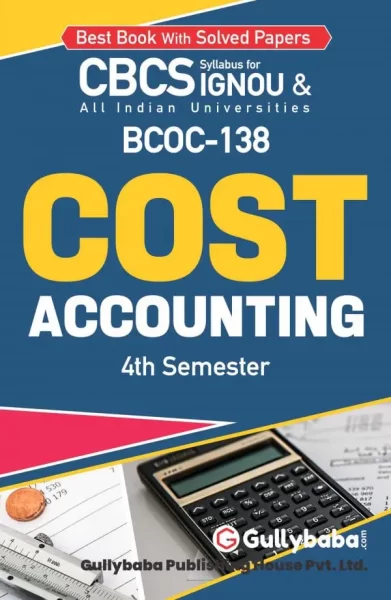-
Sale!
BCOC-138
Cost Accounting
₹40.00 – ₹100.00Bought by : 2002 StudentsIn Stock Only 0 left ! -
Sale!
BCOC-137 + BCOC-138
IGNOU BCOMG Commerce Combo
Bought by : 2775 StudentsIn Stock Only 0 left ! -
Sale!
BCOC-137 + BCOC-138
IGNOU BCOMG Commerce Combo
Bought by : 2541 StudentsIn Stock Only 0 left ! -
Sale!
BCOC-135 + BCOC-136 + BCOC-137 + BCOC-138
IGNOU BCOMG Commerce Combo
Bought by : 2926 StudentsIn Stock Only 0 left ! -
Sale!
BCOC-135 + BCOC-136 + BCOC-137 + BCOC-138
IGNOU BCOMG Commerce Combo
Bought by : 2271 StudentsIn Stock Only 0 left ! -
Sale!
BCOC-137 + BCOC-138 + BCOLA-138 + BCOS-184
IGNOU BCOMG Commerce Combo
Bought by : 3978 StudentsIn Stock Only 0 left ! -
Sale!
BCOC-137 + BCOC-138 + BCOLA-138 + BCOS-184
IGNOU BCOMG Commerce Combo
Bought by : 3264 StudentsIn Stock Only 0 left ! -
Sale!
BCOC-137 + BCOC-138 + BCOLA-138 + ONR-02
IGNOU BCOMG Commerce Combo
Bought by : 3825 StudentsIn Stock Only 0 left ! -
Sale!
BCOC-137 + BCOC-138 + BCOLA-138 + ONR-02
IGNOU BCOMG Commerce Combo
Bought by : 2552 StudentsIn Stock Only 0 left ! -
Sale!
BCOC-138
Cost Accounting
Bought by : 2550 StudentsIn Stock Only 0 left !







